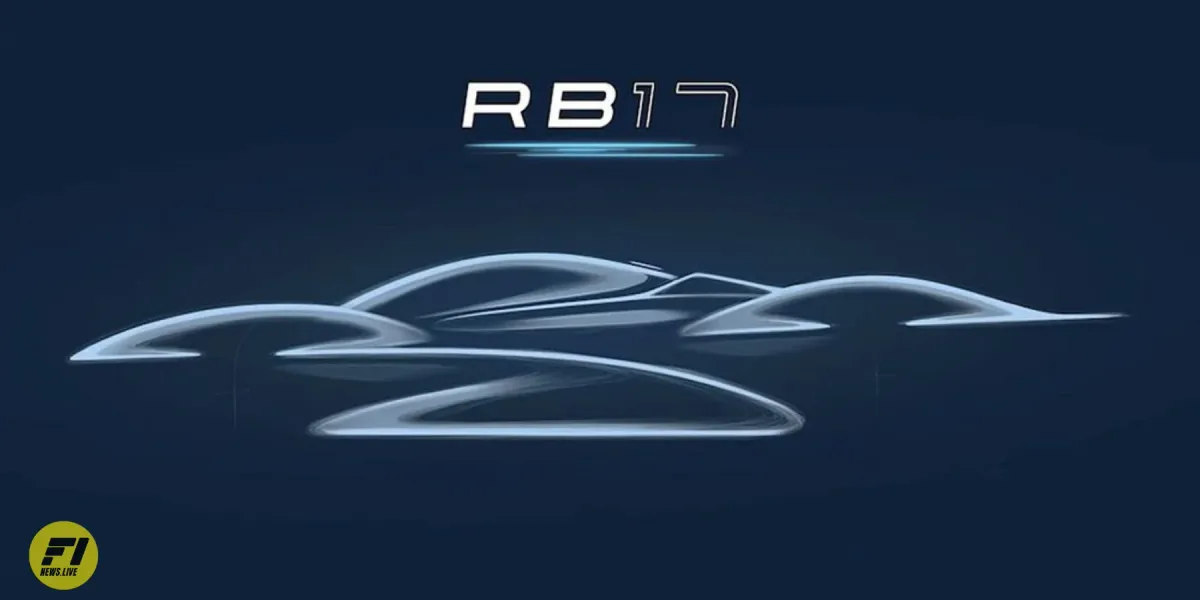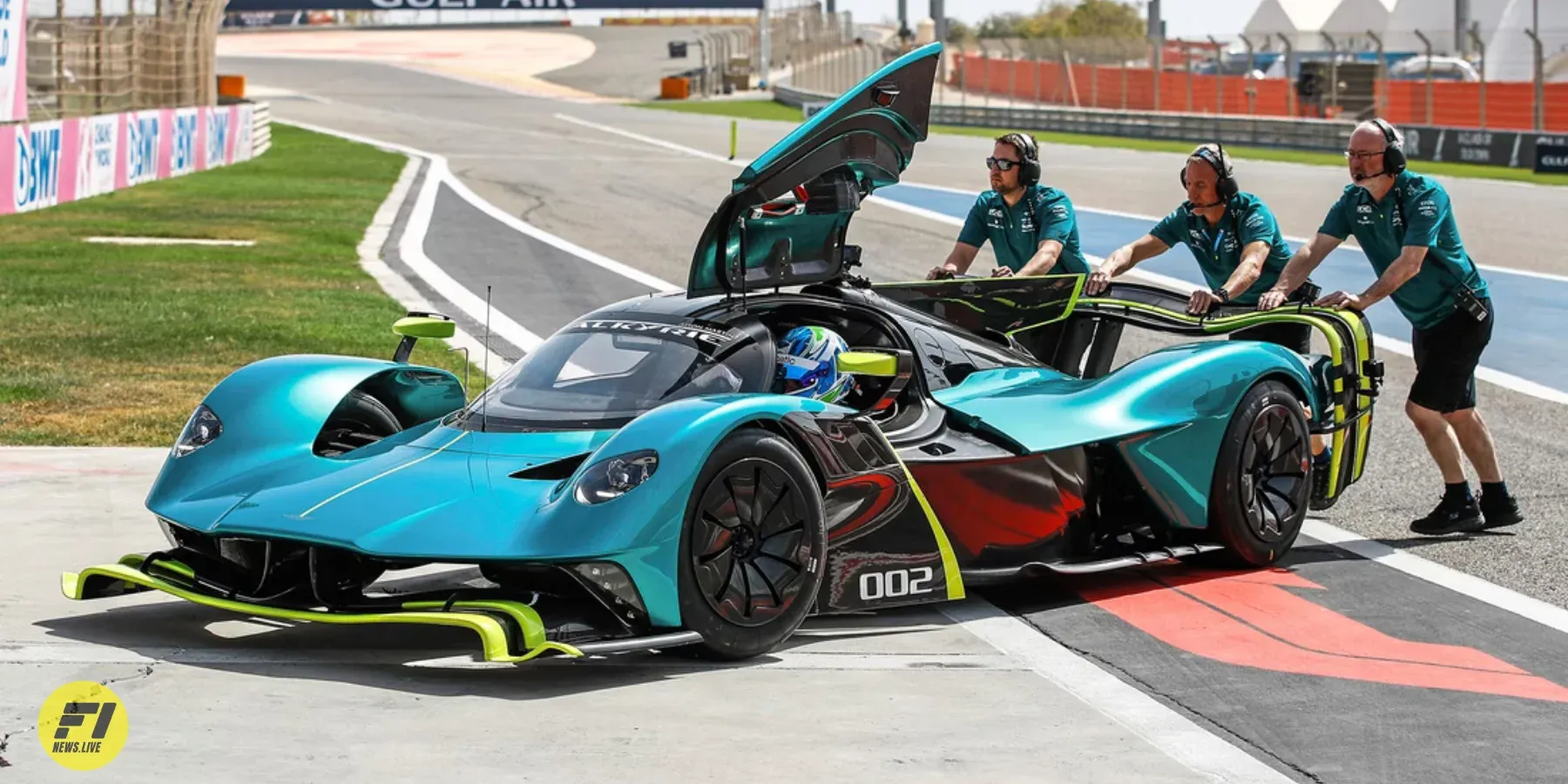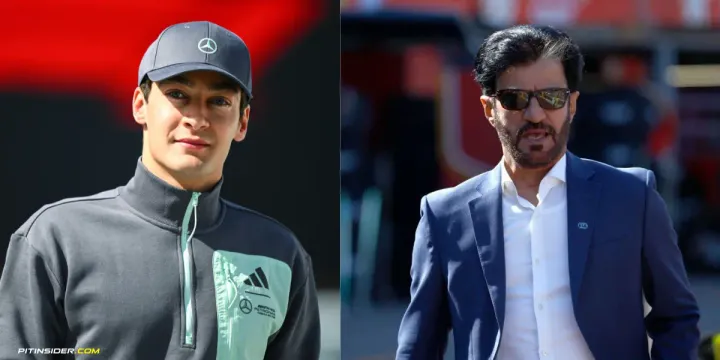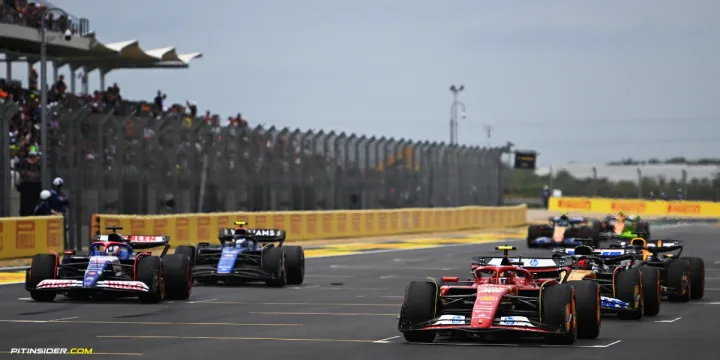F1 Budget Cap: How top teams evade restrictions and exploit loopholes
The budget cap was designed to ensure fairness in Formula 1, but teams are finding ways around the rules, as financial tactics, corporate restructuring, and the creation of supercars threaten to disrupt the sport's financial equilibrium.

Uncovering loopholes in F1’s budget cap
The Formula 1 budget cap, introduced in 2021, has had its successes and failures. Aimed at levelling the playing field, it seems to have inadvertently created a maze of loopholes.
As teams manoeuvre around the $135m cap, the FIA's regulatory bodies are finding it difficult to enforce rules designed to balance competition and costs.
The likes of Red Bull and Aston Martin have been accused of exploiting these gaps, with the former receiving a $7m fine and a 10% reduction in wind tunnel time for breaching the cap by £1.8m last season.
Aston Martin, too, was penalised $450,000 for inaccurate cost reporting.
Teams have adapted to the budget cap and even found ways to enhance their value through licensing and attracting investors.
Alpine, for instance, recently sold 24% of its team for €200m. However, these developments have not necessarily created the level playing field the budget cap was intended to ensure.

Corporate restructuring and supercars: the new loopholes
The FIA has uncovered more grey areas being exploited, especially by top-tier teams accordign to AMuS.
One method involves dividing core operations into separate legally distinct companies.
These subsidiaries, tasked with developing boats, bicycles or radical supercars, have become hotbeds for stashing many engineers who otherwise might migrate to rival teams or industries.
Another loophole involves F1 teams creating new companies to outsource certain services.
For example, Mercedes established a software company primarily serving their own needs, while Aston Martin created an in-house carbon fibre factory.
This model allows these 'external' companies to supply services to the F1 team at a significantly lower cost than if produced in-house.
Supercars as development tools
Red Bull Advanced Technologies and Aston Martin are both developing supercars – the RB17 and the track-version of the Aston Martin Valkyrie, respectively.

Mechanically and aerodynamically, these supercars could serve as development grounds for Formula 1-relevant components, thus saving time and money.
Red Bull insists that the information flow is only from Formula 1 to the supercar and that communication between departments is closely scrutinised by the FIA.
Looking ahead
The FIA's challenge is to monitor these grey areas and prevent manipulation.
Although teams like Mercedes, Ferrari, McLaren, and Alpine trust the FIA's inspection methods, some like Toto Wolff have hinted at considering similar models if controls fail.

Mercedes' AMG Project One could serve as their own supercar if necessary.
While outwardly teams appear to run profitable businesses, in reality, their expenditures remain as high as before due to various side activities and subsidiary companies.
Consequently, the budget cap, although well-intentioned, still needs robust reinforcement to ensure fair competition.





Comments ()